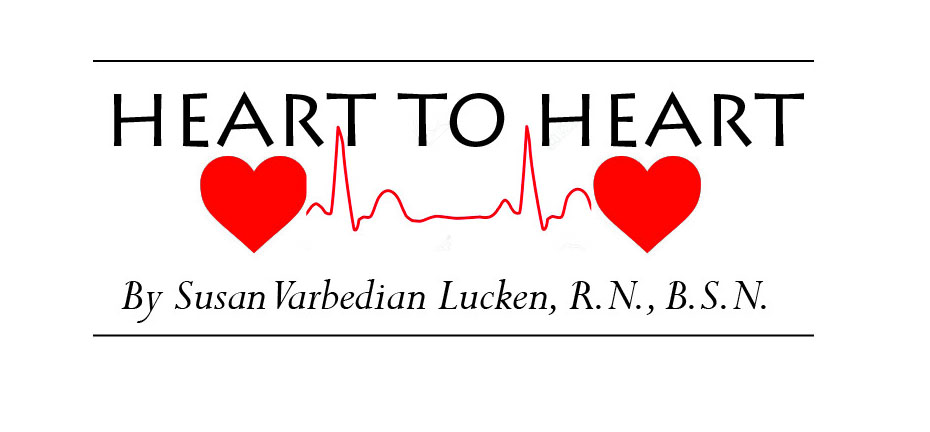What to Know about Deep Vein Thrombosis
Deep Vein Thrombosis ( DVT) and Pulmonary Embolism (PE ) are often under diagnosed and serious but preventable medical conditions. DVT is a medical condition that occurs when a blood clot forms in a deep vein. These clots usually develop in the lower leg, thigh or pelvis, but they can also occur in the arm. It is important to know about DVT because it can happen to anybody and can cause serious illness, disability and in some cases, death. The good news is that DVT is preventable and treatable if discovered early.
COMPLICATIONS OF DVT
The most serious complications of DVT happens when a part of the clot breaks off and travels through the bloodstream to the lungs, causing a blockage called pulmonary embolism ( PE ). If the clot is small, and with appropriate treatment, people can recover from PE. However, there could be damage to the lungs. If the clot is large, it can stop blood from reach-ing the lungs and is fatal.
SYMPTOMS of DVT
- Although DVT’s can occur without noticing, signs and symptoms of DVT can include:
- Swelling in the affected leg. Rarely, there’s swelling in both legs.
- Pain in your leg. The pain often starts in your calf and can feel like cramping or soreness.
- Red or discolored skin on the leg
- A feeling of warmth in the affected leg
- Tenderness
SIGNS AND SYMPTOMS OF A PE
- Sudden shortness of breath
- Chest pain or discomfort that worsens when you take a deep breath or when you cough
- Feeling lightheaded, dizzy or fainting
- Rapid pulse
- Coughing up blood
RISK FACTORS
- Inheriting a blood-clotting disorder- Some people inherit a disorder that makes their blood clot more easily. This condition alone might not cause blood clots unless combined with one or more of the following risk factors:
- Prolonged bed rest, such as during a long hospital stay, or paraly-sis. When your legs remain still for long periods, your calf muscles don’t contract to help blood circulate, which can increase the risk of blood clots.
- Injury or surgery- Injury to your veins or surgery can increase the risk of blood clots.
- Pregnancy- Pregnancy increases the pressure in the veins in your pelvis and legs. Women with an inherited clotting disorder are especial-ly at risk. The risk of blood clots from pregnancy can continue for up to 6 weeks after you have your baby.
- Birth control pills or hormone replacement therapy can both in-crease your blood’s ability to clot.
- Being overweight or obese- These increase the pressure in the veins in your pelvis and legs.
- Smoking- This affects blood clotting and circulation.
- Cancer- Some forms of cancer increase substances in your blood that cause your blood to clot. Some forms of cancer treatment can also increase the risk.
- Heart failure- This increases your risk of DVT and PE.
- Inflammatory bowel disease. Crohn’s or ulcerative colitis can in-crease the risk.
- A personal or family history of DVT or PE may put you at greater risk for DVT.
- Age- Being older than 60 increases your risk of DVT, though it can occur at any age.
- Sitting for long periods of time, such as driving or flying- That’s why it’s so important on long car trips to make frequent stops to get out and stretch your legs, or if on a long airplane flight, to get up and walk around, if possible, or if that’s not feasible, to do some leg exercises and stretching in your seat.
DIAGNOSIS
- Tests to diagnose DVT include:
- Ultrasound
- Blood test called D dimer
- Venography- injection of dye into foot or ankle, then X-ray
- CT or MRI’s
TREATMENT
- DVT treatment is aimed at preventing the clot from getting bigger and preventing it from breaking loose and causing a PE. Then the goal be-comes reducing your chances of a reoccurrence.
- Blood thinners- DVT is most commonly treated with anticoagulants. These drugs, which can be injected or taken as pills, decrease your blood’s ability to clot. They don’t break up existing blood clots, but they can prevent clots from getting bigger and reduce your risk of develop-ing more. Examples of these include Heparin, which can be given IV or injected and Lovenox, which can be injected. Pills include Coumadin, Pradaxa, Xarelto and Eliquis, just to name a few. People who take Coumadin, however, will require periodic blood tests to monitor clotting times.
- Clot busters- If you have a severe case of blood clots, you may re-ceive drugs intravenously.
- Filters- If you can’t take medicines to thin your blood, you might have a filter inserted into a large vein to prevent clots that break loose from lodging in your lungs.
- Compression stockings- you may need to wear these to help pre-vent swelling associated with DVT
PREVENTION
- Avoid sitting still for long periods of time
- Lose weight
- Quit smoking
- Exercise regularly
If you develop signs and symptoms of DVT, contact your doctor. If you develop signs and symptoms of PE- a life-threatening complication of DVT- seek immediate medical attention!
Sources: www.mayoclinic.org | www.cdc.gov
